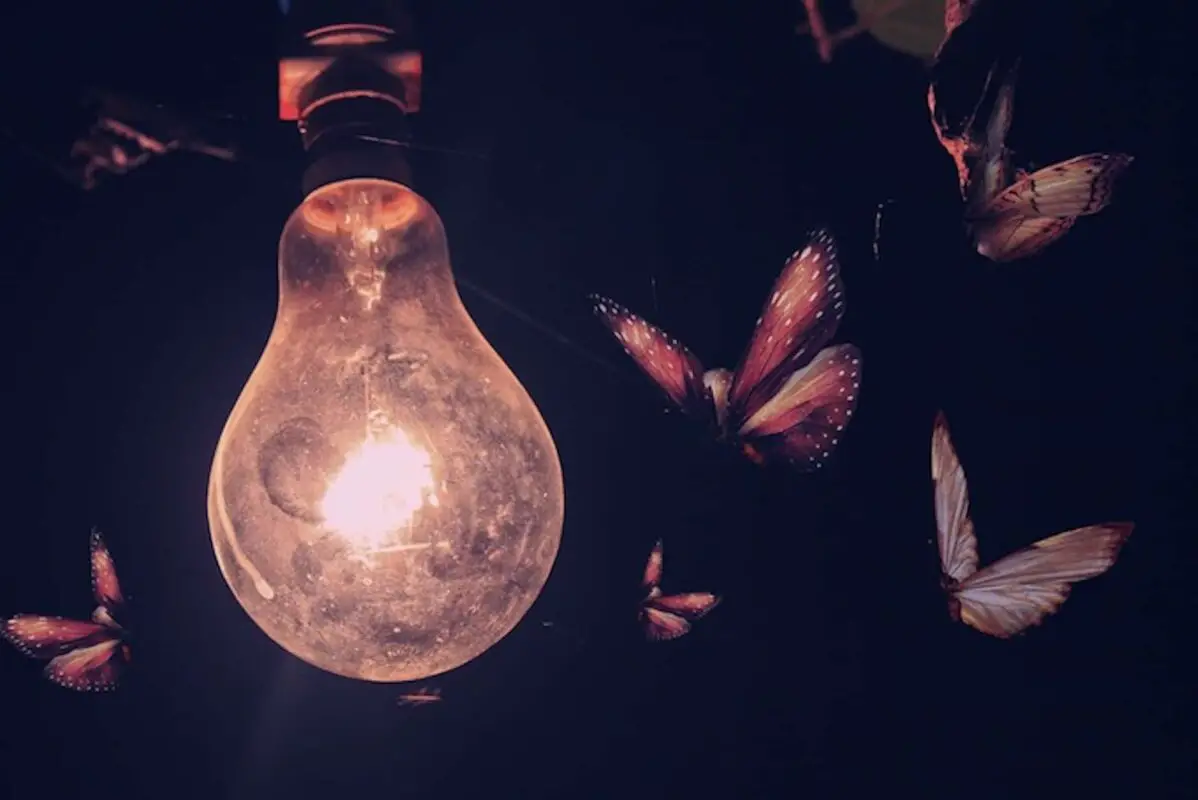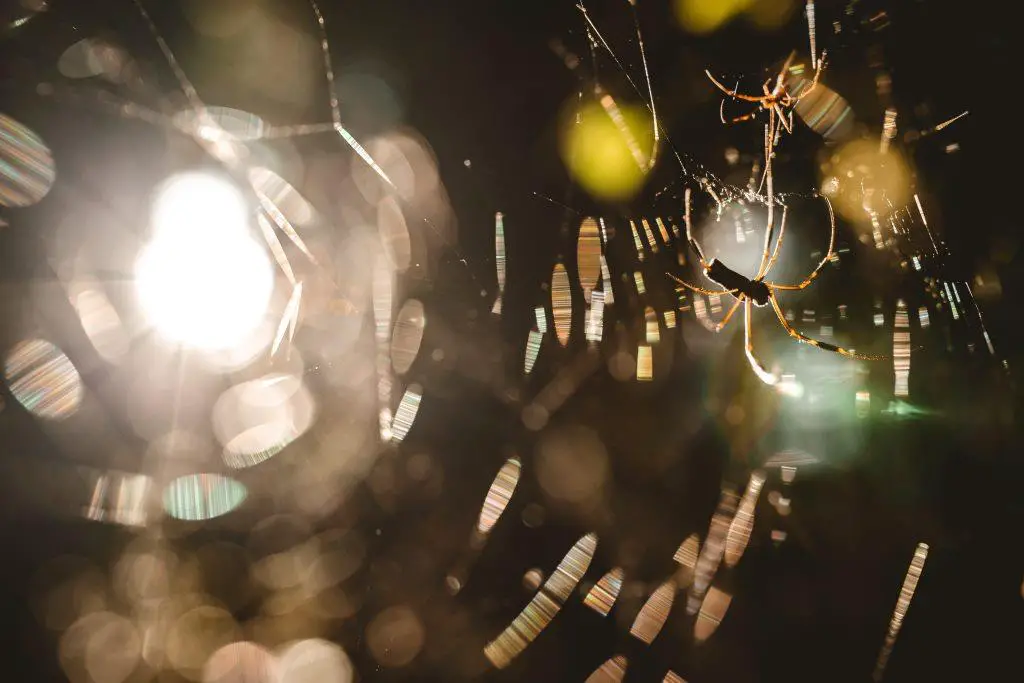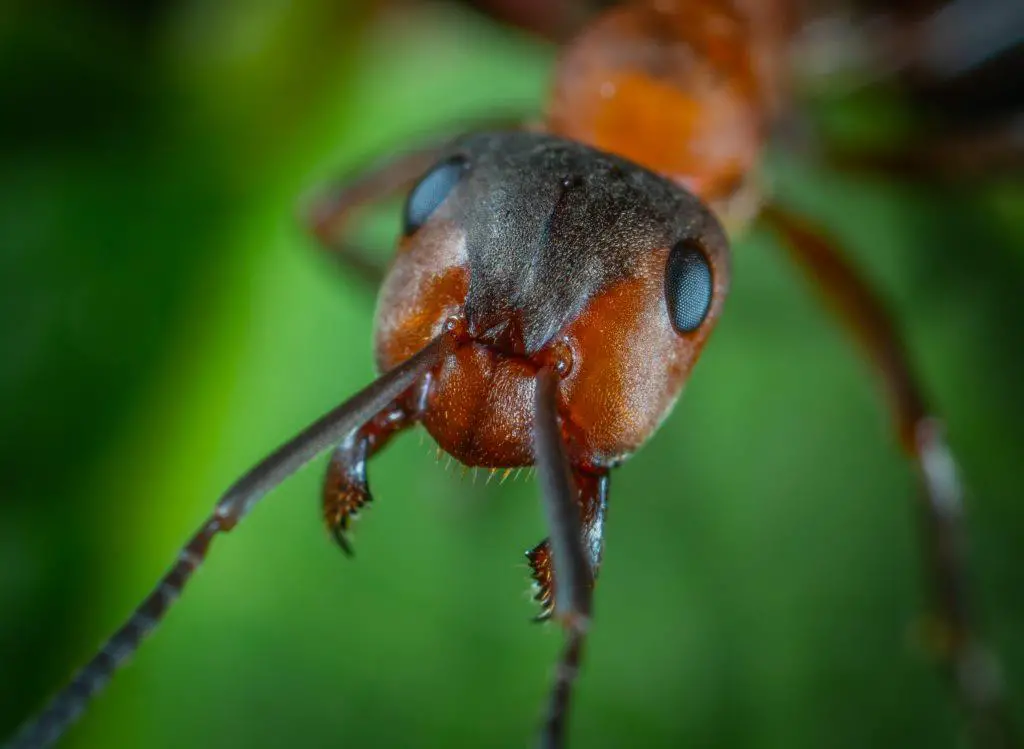
Almost all people have noticed that after turning on the light in the evening, a large number of insects begin to appear around. Bright light will attract flies, mosquitoes, and beetles. Read more about how to keep bugs away from LED lights in this article.
Do LED lights attract bugs?
Before proceeding with the study of the question of how to keep bugs away from LED lights, you should understand how much LED lights attract bugs. Given that LED strip lights have a cold light, and practically do not heat up, they attract insects not so actively.
However, if you have chosen LED strip lights that shine with blue or white cold light, this can bring problems. After all, LED strip lights attract insects.
What does attract bugs?
Several factors attract insects. More about how each of them attracts bugs will be discussed below.
Color temperature
During the day, when the weather is hot and the sun is shining brightly, most insects hide. As night falls, they become more active. Therefore, they try to find warmth. If the LED lights have a color temperature of 3500-4500 K and shine with a neutral white light, then they attract insects.
Brightness aspect ratio
Light bulbs emit brightness within 1100 lumens. They emit a warm white color that attracts insects. Therefore, it is better to stop using too bright LEDs.
Color settings
Certain color rendering indexes evaluate color, depending on light sources. At the same time, they are compared with natural light. The closer it gets to 100, the more it resembles natural light.
The higher the color rendering index, the better the lighting will be. Therefore, insects will fly more actively. Try to choose lamps that have an average level of color rendering.
Is it possible to repel insects thanks to a light source?

As already mentioned, it is the blue light that attracts insects. However, incandescent lights, which produce heat, can also be bait for bugs and insects. Given that LEDs do not emit ultraviolet light, they can be beneficial.
If you want to keep insects away from your home, try to opt for LED bulbs with dark white or cool white light.
What options for LED lights repel insects?
As already mentioned, each light source has a different color temperature range. If the indicator is about 5000 K, then the light emission simulates daylight. Also, LED lights produce excessive blue light, which is in the range of 400 to 500 nm. Light colors will attract nocturnal insects.
Which lamp options would be more appropriate?
To reduce the number of bugs near the house, try to choose the right light bulbs.
LED bug lights
- These are special bug lights that emit a yellow coating. It reduces the color temperature. This helps prevent most bugs. However, not only does this LED bulb that has a yellow coating help to prevent the appearance of insects. You can use other options with similar parameters.
- You can select incandescent bulbs that have a golden hue. This helps to attract fewer beetles. Some LED lights may emit a warm light. This also prevents the appearance of insects.
Insect-repellent LED bulb Z with UV light
These are special lamps that with UV light have been developed specifically against insects. They work on the principle of LED lights and UV light. They emit UV light from the center, and the white light will be observed on top.
Ultraviolet light helps attract bugs and other insects to the electrical network of the lamp, which operates at high voltage. It instantly kills all insects.
What kind of bugs are attracted to LED lights?
LED lights can attract different insects.
Attracting spiders

- LED lights can quickly attract spiders. This is because insects will flock to the light, and are eaten by spiders. To get rid of them, it makes sense to use special chemicals marked DEET. They need to be applied over the lamps themselves.
- Such drugs are very effective. You can spray them yourself, or use special repellents, which include DEET. You can also hang sticky traps near the lamp. Spiders stick to them and die.
- If you prefer to use non-aggressive substances, you can choose natural items. It can be grapefruit peel, peppermint oil, or cinnamon. They need to be scattered around the lamps.
Attract wasps and hornets
As in the case of spiders, wasps and hornets flock to light sources to feast on insects. It is not difficult to fight them if you use special DEET tools. You can also spray the area with permethrin, which is also sold in a repellent format.
If you plan to abandon chemical components, you can place traps around the territory. You can also use a vinegar solution. You need to mix water with vinegar and pour the solution into a spray bottle. As soon as you notice wasps and hornets, you should spray them.
Attracting bees
If you hang LED lights in the yard, then they attract bees in a minimal amount. After all, they prevent the bees from correctly orienting themselves in space. To get rid of the bees, you can turn off the lamps for a while.
If the bees remain in place, you can blow strong air on them with a fan, or pour water over them. Chemical preparations against bees should not be used because they are needed for pollination.
It makes sense to destroy bees if they provoke allergic reactions in you. However, it is better to do this only when necessary.
Attracting flies
LED strip lights can attract flies and moths. This is because they fly into bright lights. Because of this, they may also experience a failure in the navigation system in space. Flies can be dealt with in a variety of ways.
You can hang special traps next to the LED strip lights. You can also use special tapes that will work like a flycatcher.
Attracting centipedes
If you notice centipedes appearing in your yard after you turn on the lights, then it’s time to do something about it. After all, such insects bite quite painfully. It is important to get rid of them in time. To do this, you can use numerous methods.
The most practical and effective solution is to use borax powder. It quickly destroys centipedes. You can also combine diatomaceous earth with sodium borate. It is appropriate to place traps that can be ordered ready-made, or you can build them yourself. The best option would be to use a trap with an adhesive surface.
How to deal with bugs: alternative methods

You can use different methods to fight insects that flock when you turn on the LED lamps.
Disposing of standing water and checking screens
Try to ensure that there is no standing water near the house. This also applies to flower pots. Therefore, they should be provided with good drainage. Water containers for animals and birds should be placed away from home.
If abundant light leaks out of the house, then insects appear in large numbers. Therefore, try to close the windows and doors to the house in the evening. After all, the light that comes from the screen of a TV or phone can also attract beetles.
The presence of seals on the door and cleaning
Door seals should be checked. If they are broken or deformed, then the beetles can easily enter the house. Remember to clean up. Try to take out the garbage in time, and clean up food sources. Keep trash cans away from windows and the house itself.
Using sprays or scented candles
To repel insects, you can use herbal infusions. It is also appropriate to use scented candles, which are placed around the perimeter of the porch. Put candles in the places where the most beetles appear. In this case, the porch will look more stylish when using candles.
FAQ
If you use LED bulbs, you may encounter numerous questions. The answers to them can be presented below.
How do I stop my LED lights from attracting bugs?
Try to use a shade of LED light that is the least attractive to insects. Considering that they flock to cold colors, it is better to stop at warm-colored lamps.
Do LED strip lights attract bugs?
Given that LED lamps emit cold light and practically do not heat up, they attract bugs in small numbers.
Do LED lights attract bugs in your room?
Insects enter the room if the door and window seals are broken, or if you do not close them.
Results
As you can see, LED light sources can attract insects. However, only if you have incorrectly selected the intensity and temperature of the light.
